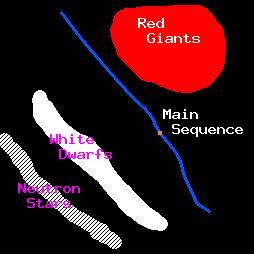Digital Demo Room
Stellar Structure and Evolution Simulator

Advanced Level Interface
Only the mass, metallicity, and times of star formation fields can take more than one value.
For multiple values input into these fields, separate by commas and/or spaces.
| Main Page | |||
| Tutorial | Beginner Page | Intermediate Page | Advanced Page |